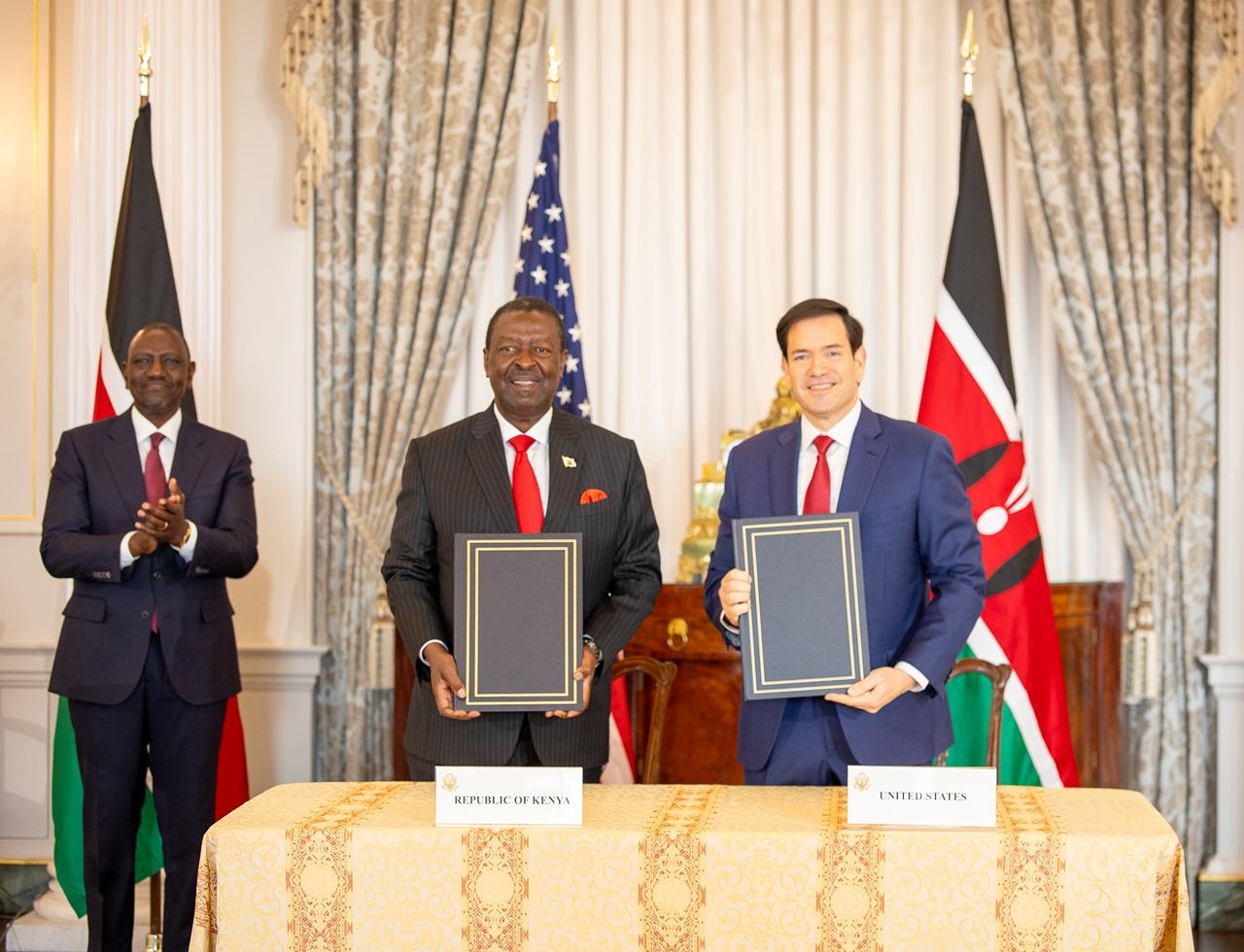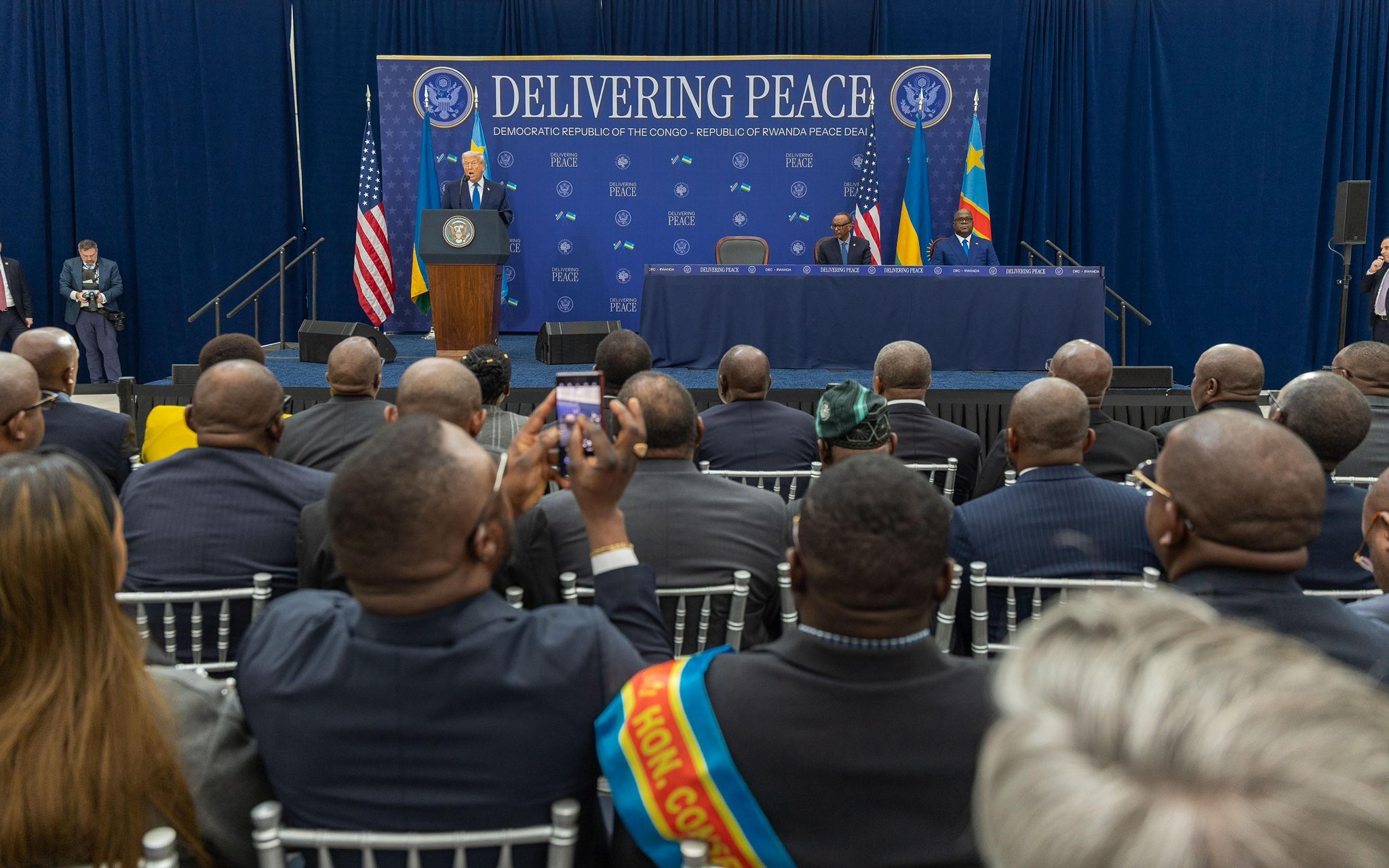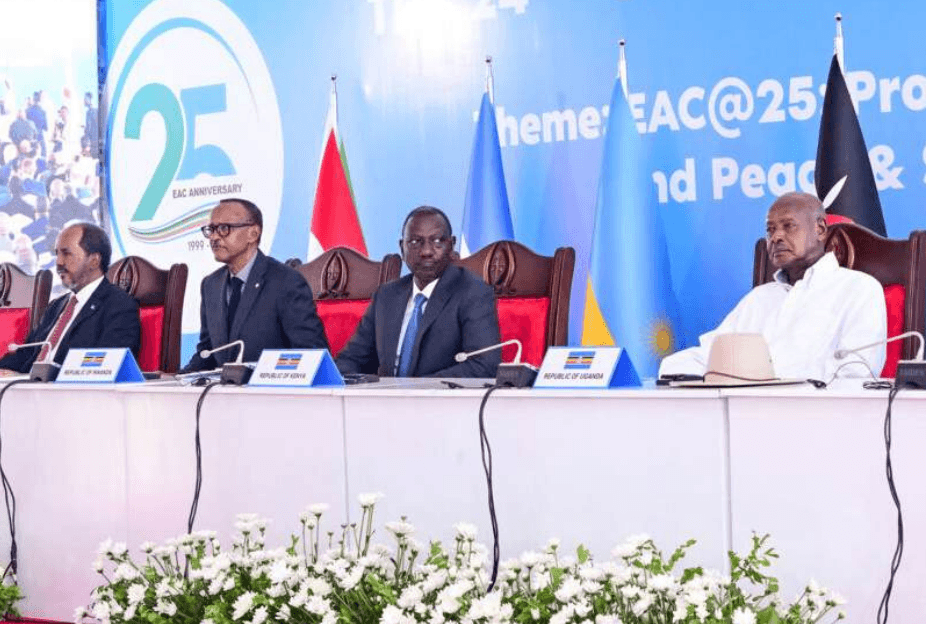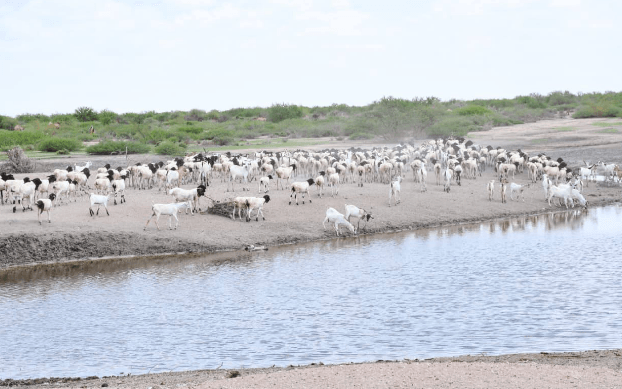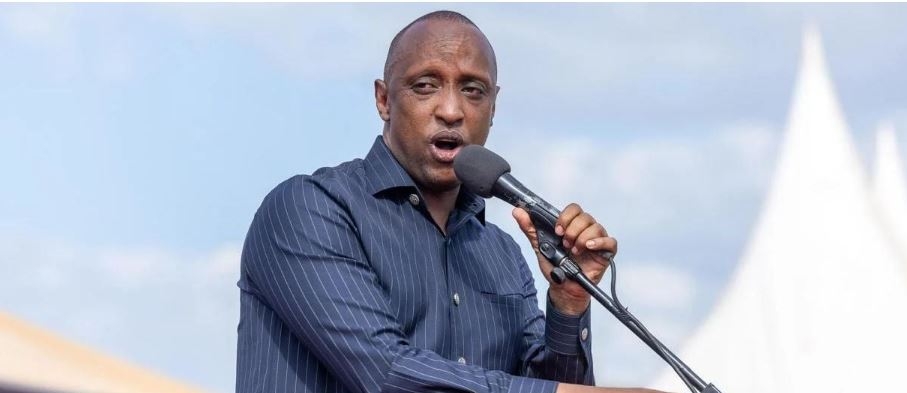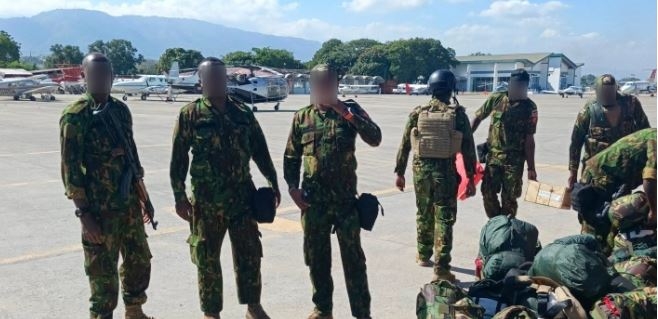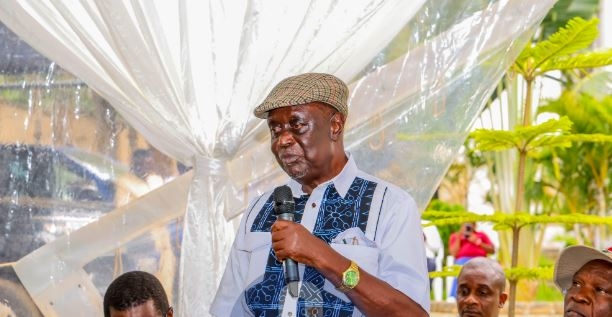Former President Daniel arap Moi was on Wednesday laid to rest at his Kabarak home.
Mzee Moi's body was transported from Lee Funeral Home to Parliament Buildings for three days, between Saturday and Monday, for public viewing.
On Tuesday, his body was taken to Nyayo Stadium for a State Funeral service which saw Presidents from six countries come to pay their last respects to Mzee Moi.
On Wednesday, Mzee Moi's body landed at Kabarak Airstrip in the morning for the final journey. It was carried by a military helicopter.
This kind of movement requires proper preservation of a body.
What goes into preserving a body?
In the ancient days, preservation was done either by freezing, desiccation or exsiccation and many cultures believed that there was eternal life in a preserved body.
Over time, more scientific and modern methods were developed.
According to Wikipedia, embalming is the art and science of preserving human or animal remains by treating them in its modern form with chemicals to forestall decomposition.
The intention is usually to make the deceased suitable for public or private viewing as part of the funeral ceremony, or keep them preserved for medical purposes in an anatomical laboratory.
The process of embalming comes with sanitisation, presentation, and preservation.
Restoring of the body is an important additional factor in some instances.
Sanitisation involves making something completely clean to avoid it getting contaminated.
Preservation is keeping something from harm or from anything that might make it go bad.
There are major steps that are followed when embalming a body.
First off, the body is washed with a disinfectant solution and if any shaving is needed, that is done as well. Then the body is massaged, especially at the joints, to ease tension.
When it comes to the head or the face, the eyes are kept shut with either glue or eye caps.
Blood is also usually drained through the veins and replaced with embalming solution through the arteries. This is called arterial embalming.
There is also cavity embalming. This is where a surgical instrument is inserted at the lower part of the abdomen then the organs - abdomen and chest cavity - are drained of fluids and gas.
This process is important as it helps the body not to swell.
The body tends to turn pale or ashy and this is because there is no blood circulation as the heart stops beating.
The final process is grooming the deceased. The family decides on how they want their loved one dressed.
They choose the hairstyle, make up and the attire before the body is viewed or transported for the final journey.
Mzee Moi was given a befitting send off as leaders eulogised him as a statesman and Pan Africanist.


